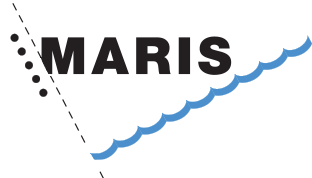Improving Data Access with Beacon
As part of the FAIR-EASE project, data access services were enhanced through the use of Beacon, a powerful data lake solution developed by MARIS. Beacon is designed to handle large volumes of scientific data efficiently, allowing users to store and retrieve millions of datasets quickly. Built using the Rust and Actix programming languages, it takes advantage of high-speed processing and optimisation features, making data access faster and more scalable.
The speciality of Beacon lies in its ability to provide high-performance sub-setting out of millions of data files while being easy to install and set up for anyone on top of their data collection. Together with the powerful query capabilities that allow users to make use of semantic harmonisation rules to harmonise the data as well. All of these capabilities are machine accessible in such a way that users can make use of them through Notebooks, user facing applications and other data analysis/visualisation tools. More information about Beacon can be found on the website.
Beacon is already in use in major European science initiatives like SeaDataNet, EOSC-Future, and EOSC Blue-Cloud 2026. Within FAIR-EASE, a set of Beacon nodes were made available to facilitate data access to well-known marine data infrastructures. As such, a Beacon Argo node was made available on the UCA testbed, while other Beacon nodes, like CORA-PR, CORA-TS, EMODnet-Chem, World Ocean Database, SeaDataNet CDI and CMEMS BGC were made available via MARIS servers. This work supports a more seamless and responsive data access experience, helping scientists focus on their research without being slowed down by technical barriers, since subsets of data can be generated on-the-fly based on the user’s demand.














